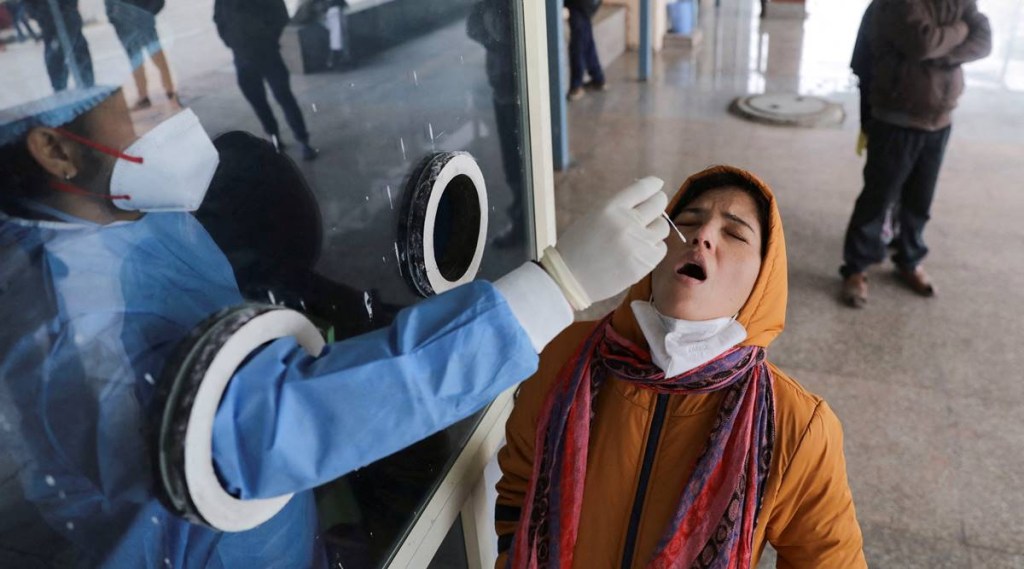The Home Ministry’s decision to stop invoking the provisions of the Disaster Management Act for Covid containment measures should be a big confidence booster as it is a recognition of the fact that the level of threat has diminished to a great extent. There are valid reasons for the move — daily new cases are down to a seven-day average of 1,700 from the close to 350,000 just two months ago. And, managing to administer over 1.82 billion Covid-19 vaccine doses since January last year should be a big comfort factor.
The government has done well to say that the health ministry’s advisories on mask usage and distancing will continue to “guide the national response” to the pandemic, resisting calls to make use of masks optional. Mask use and distancing, of course, may need ‘encouragement through enforcement’ — through appropriate disincentives for breach.
As estimated by the Institute for Health Metrics and Evaluation, mask usage in India currently stands at 54%, down from a peak of 81% in May 2021 (during the devastating second wave). It is important to note that India’s peak usage still fell short of the universal mask coverage goal of 95%.
But all stakeholders need to be on constant guard as the virus has thrown some nasty surprises in the past. Indeed, looking at the surge in Southeast Asia, China and parts of Europe, the Centre had urged the states last week to continue with “aggressive and sustained genome sequencing…and intensified surveillance”. The possibility of newer variants with greater immune escape — as Omicron’s dominance shows — is a threat that must not be underestimated.
INSACOG, the consortium of genome-tracking laboratories, is reportedly keeping an eye on the spread of a Delta-Omicron recombinant in the country. Though the WHO had earlier this month said that several studies were underway to assess the transmissibility and virulence of Delta-Omicron recombinants, it is best that India errs on the side of caution and stays prepared.
Increasing vaccination cover also needs to be a focus area. While the recent approval of vaccines for the 12-18 age group is a step forward, the fact that a significant proportion of the eligible population is yet to receive a single-dose is sobering; as is the low uptake of precaution (booster) vaccine-doses by the eligible population — only 20 million doses have been administered against the eligible pool of close to 170 million (30 million health and frontline workers and close to 140 million individuals aged 60-plus).
The nine month gap between the second dose and the booster dose, as directed by the government, could be proving to be a hurdle, though vaccination was opened for this pool as early as March 2021.
The country’s healthcare workforce and infrastructure will also need bolstering, not just for short-term outbreak response, but also for better healthcare delivery in the long run. The additions following the pandemic could likely prevent a second-wave-like tragedy, but more needs to be done. The good news is that the Centre has taken a few concrete steps in this regard, from removing the age cap for medical education to planning legislative changes such as the draft National Public Health Act that will replace the Epidemic Diseases Act. Not only does the draft law widen the scope of public health emergencies, it also lays the foundation for a four-tiered structure for public healthcare administration — covering national, state, district, and block-level authorities with defined powers. It also calls for the creation of a dedicated national public health cadre; this can help ensure that the gaps between states when it comes to healthcare delivery is considerably bridged. Against such a backdrop, states will need to do their bit.

